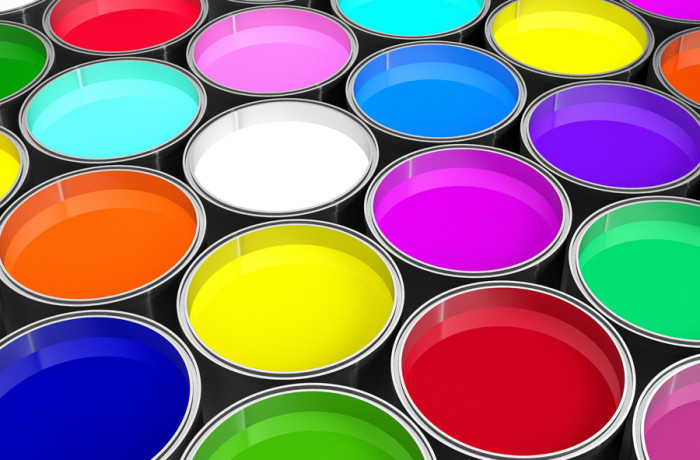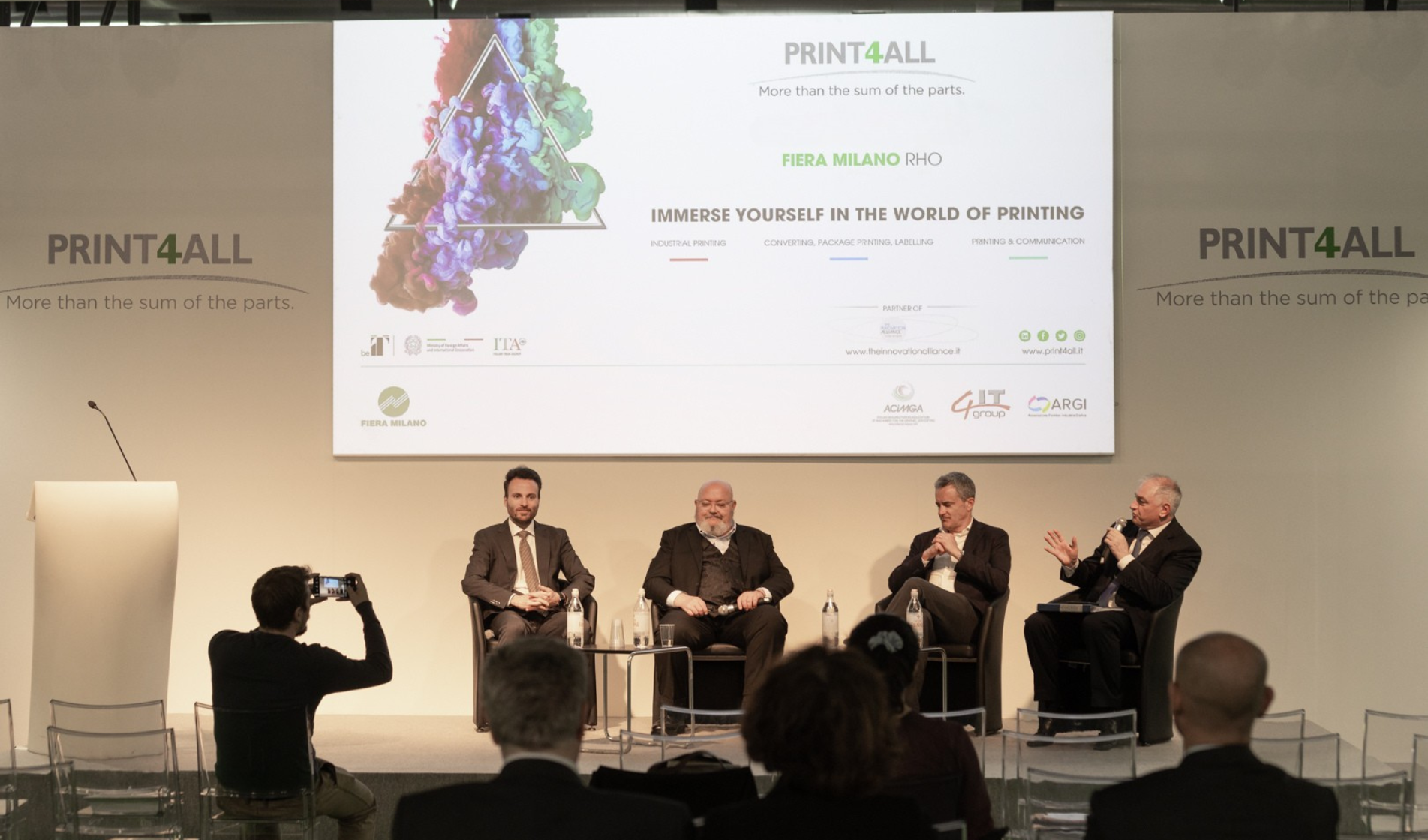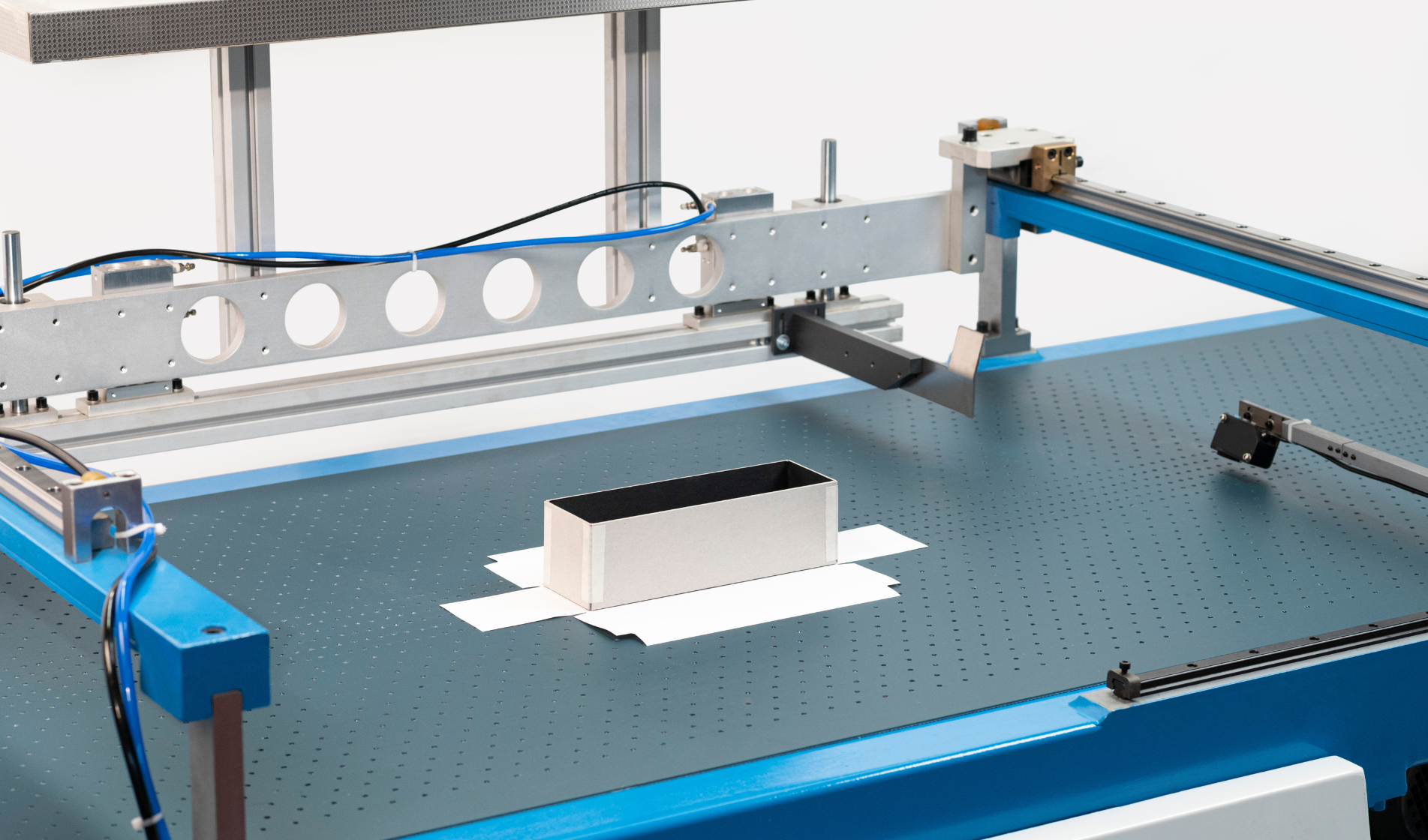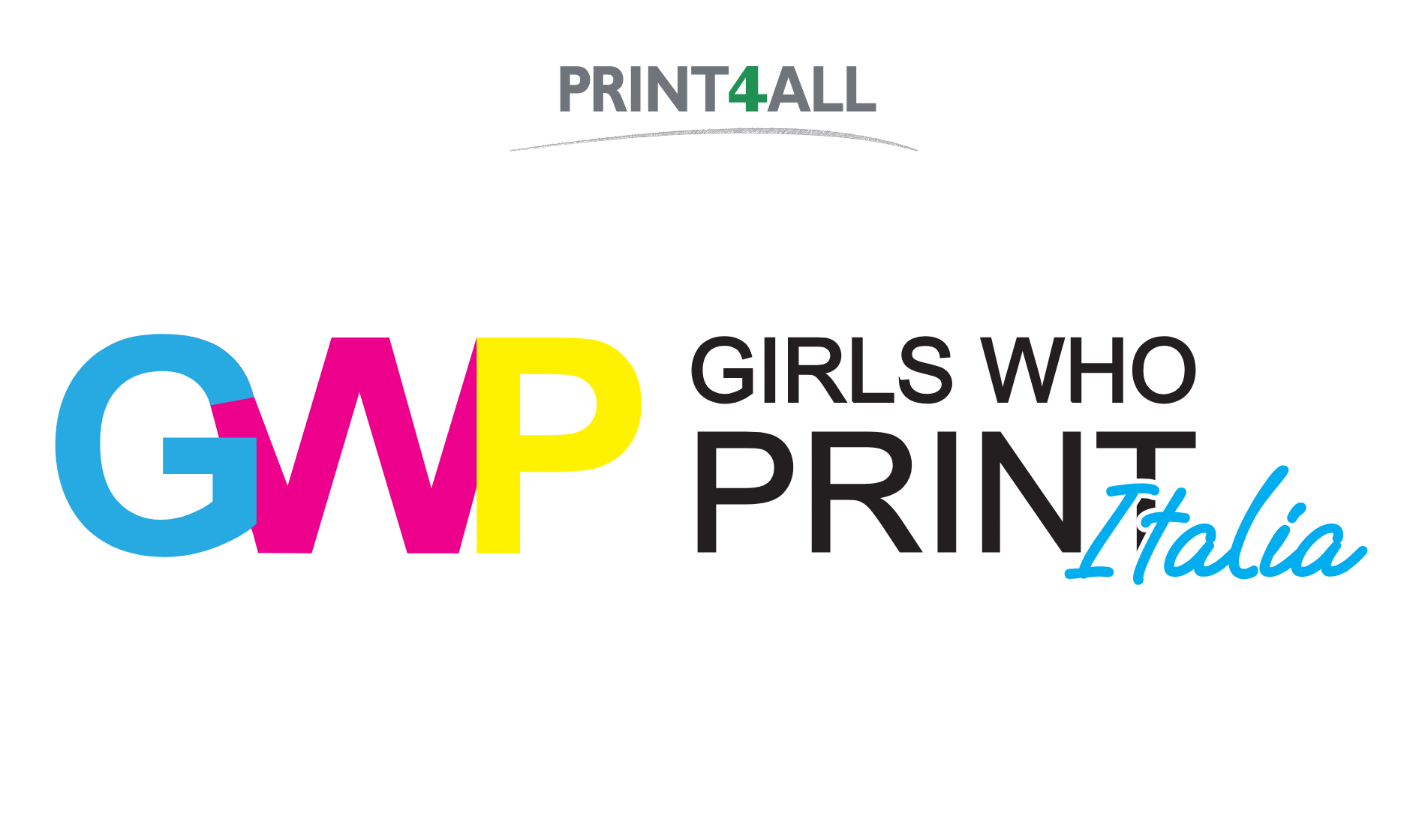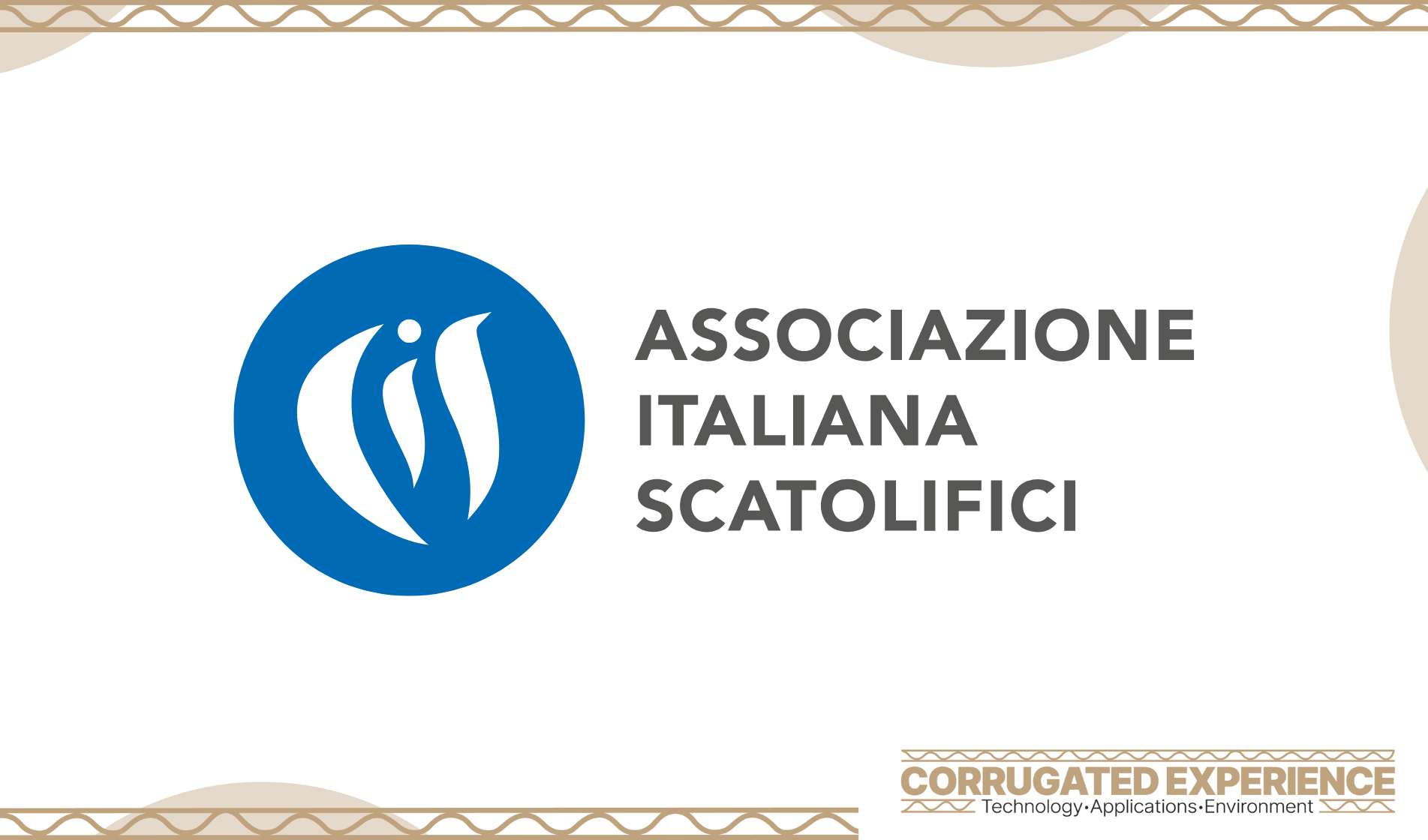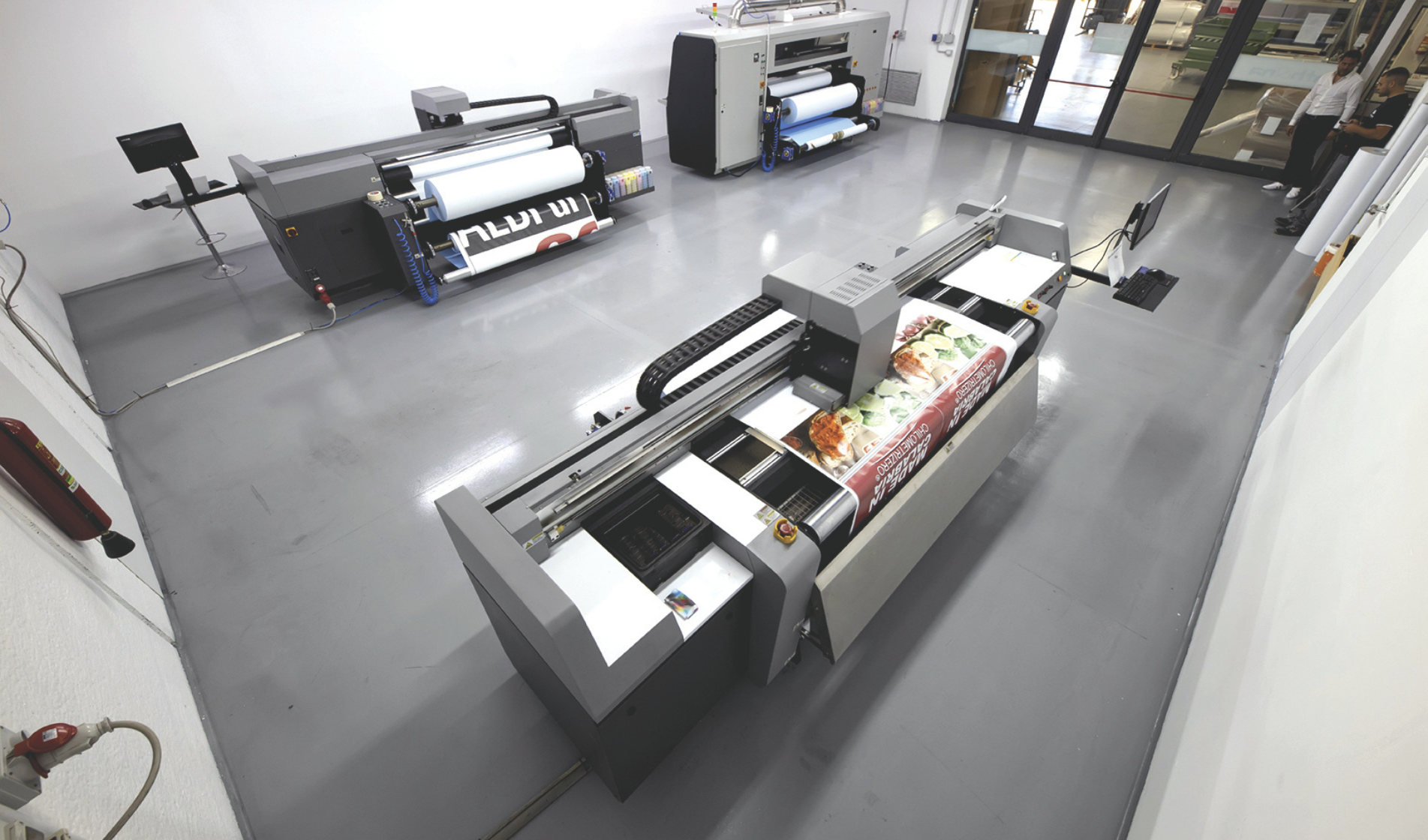Environmental impact is an issue printed communication professionals cannot overlook: one of the main challenges for the future will be developing high-performance inks that meet the market’s eco-friendly standards.
More shopping, yes, but more awareness too. According to a survey published by Comieco at the start of December, the pandemic accelerated the emergence of new distribution and consumption models, further highlighting consumers’ increased environmental awareness and the need to redesign packaging by investing in digitalisation and using sustainable materials. The research also underlines how the rapid expansion of delivery services over the past year has caused the corrugated cardboard market to expand, especially in the food sector.
The increasing use of digital printing solutions and water-based chemicals across this sector has made it possible to meet increasingly ambitious sustainability and food safety goals. Factors which affect consumers’ perceptions of brands and influence them at the time of purchase.
On the subject of inks, using water-based chemicals is a solid alternative to UV inks. The latter need to undergo a chemical reaction using photoinititors (PIs) in order to adhere to the printing substrate. Water-based inks, however, are fixed as water evaporates from the substrate. The formula of water-based chemicals is one of the most compliant with the latest food packaging regulations as it minimises the issue of migration, the transfer of harmful and potentially toxic substances from the packaging to the product. But a "green" future won’t be possible without a choice of sustainable mediums and consumables. Right now, the research and development departments of the field’s specialist companies are busy developing and testing new bio-based materials, of either animal or plant origin, as well as bioplastics and nanomaterials. The challenge for ink manufacturers will be developing chemicals that offer a range of features - lightfastness, abrasion resistance, durability, colour accuracy - in addition to meeting increasingly high environmental standards.


